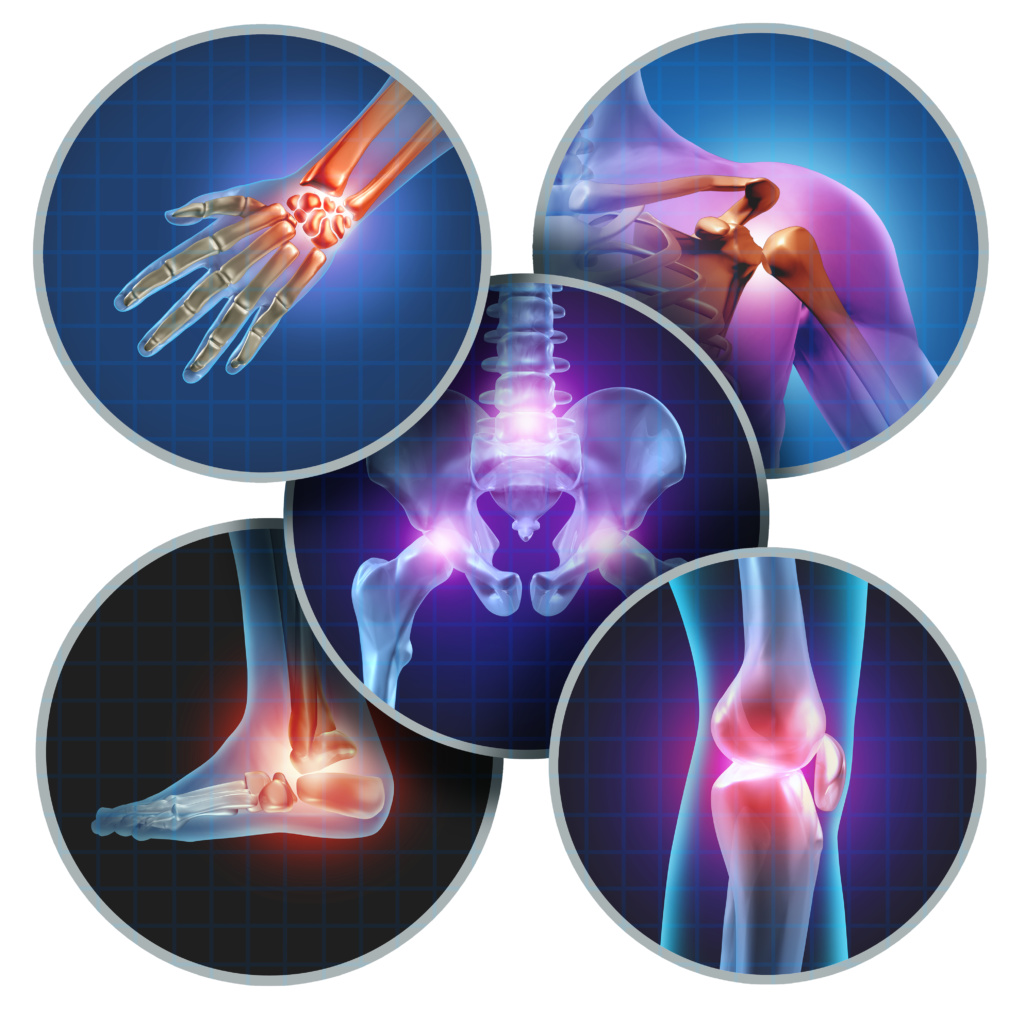What You Need to Know About Osteoarthritis: Prevention and Treatment
Article by | Danie Fallon PT, DPT, MBA, Director of Therapy Services at the College Station Medical Center
Arthritis is a general term that often describes joint pain or joint disease and is one of the contributing factors to a sedentary lifestyle. According to the Arthritis Foundation, there are over 100 different types of arthritis and it is the leading cause of disability among adults in the United States. Conservative estimates place the prevalence of arthritis around 54 million adults; the most common type being osteoarthritis which affects an estimated 31 million Americans. Osteoarthritis (OA) is an inflammatory and erosive disease that eats away at the articular cartilage, bones and ligaments of your joints. Articular cartilage covers the ends of your bones and reduces friction between the bones at the joint, allowing them to slide and glide over each other as the joint bends and straightens or rotates. While many think that OA is just a consequence of aging, there are other risk factors for OA and lifestyle modifications that can reduce your risk of developing OA or improving the symptoms associated with OA.
OA is a chronic disease that does not just show up one day. There are risk factors that contribute to the inflammatory cycle that becomes OA such as family history and prior injury/surgery to the joint. Maintaining a healthy weight is the most important modifiable risk factor. Our joints are created to absorb and distribute the stresses of daily life: walking, stair climbing, bending, lifting, sitting and standing. Excess weight places additional stress on those joints, especially the knees and hips, causing an inflammatory response as the body tries to repair damage caused by the increased stress. Other modifiable factors are the biomechanical forces that are caused by muscle imbalances and weakness in stabilizing muscles. The hip and gluteal muscles are extremely important in keeping the knees in alignment during functional tasks. Weakness or tightness in these key muscles changes the body’s mechanical chain and places the joints in positions where they are at a disadvantage. For example tight hip flexor muscles (the front of your hip) are common due to daily prolonged periods of sitting. When these muscles are tight, your hip is unable to fully extend behind you during normal walking. If the hip cannot extend, then your step length will decrease and your lower back will take more stress and strain during the step as the hip is not in the correct position for these forces. The muscles in the hip and trunk then need to work harder to advance that leg forward during the next step. Consider a playground seesaw: if the fulcrum is located too close to one side, it is much more difficult to lift the longer side of the seesaw. In this example your hip is the fulcrum and your trunk is the short side, working extra hard to bring that long side (your leg) forward. Over time, this increases the strain placed on the hip and the muscles surrounding it, compounding the muscle imbalances and the weakness it causes.
Weakness in the hip extensors and stabilizers may also cause a trunk-lean or a pelvic-drop during gait. Over time these abnormal gait patterns lead to increased wear and tear on the joints and increased risk for developing (or worsening) OA. With this gait pattern, each step forward places extra pressure through the knee as the knee attempts to absorb the body’s weight since the hip stabilizers cannot do so. This extra pressure over time may start the inflammatory cycle for OA but will also contribute to the “knock-kneed” deformity often seen in knee osteoarthritis.
Many people with OA reduce their activity or their exercise because of the pain, swelling and stiffness associated with the disease. Current research shows that regular physical activity and strengthening of the muscles surrounding the affected joints can help to manage OA symptoms and improve quality of life. The problem is that many people with OA do not know where to start or how to effectively create a balanced exercise program. Gyms and fitness clubs with personal trainers are often not equipped or trained to work with people with OA. Prescriptive exercise from a physical therapist in conjunction with clearance from your primary care physician or rheumatologist is the safest and most effective method of managing your symptoms. Everyone with OA is different and their tolerance to exercise, balance, endurance and strength are just as varied. Physical therapists are movement experts who assess muscle imbalances and body mechanics specific to each individual and develop a treatment plan specific to your goals and your needs. Even if your OA symptoms are well-managed with a gentle walking routine or light aerobic exercise, a physical therapist can progress your routine to improve your strength and balance to prevent further joint deterioration and weakness. Checking in for an assessment with a physical therapist every few months, like your dentist or primary care physician, can help you manage your OA symptoms and keep you active during your golden years.
